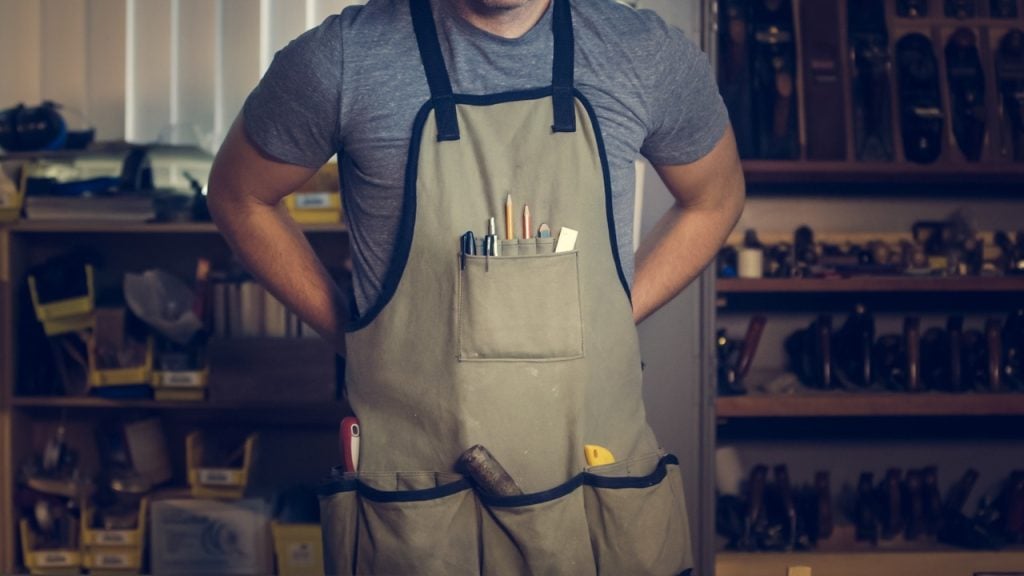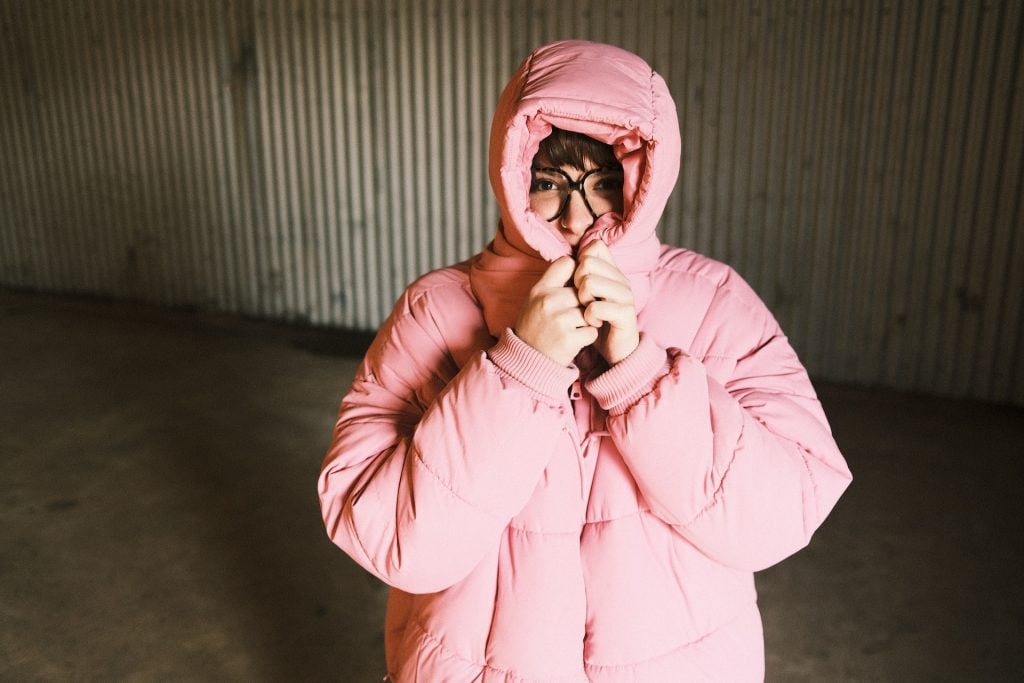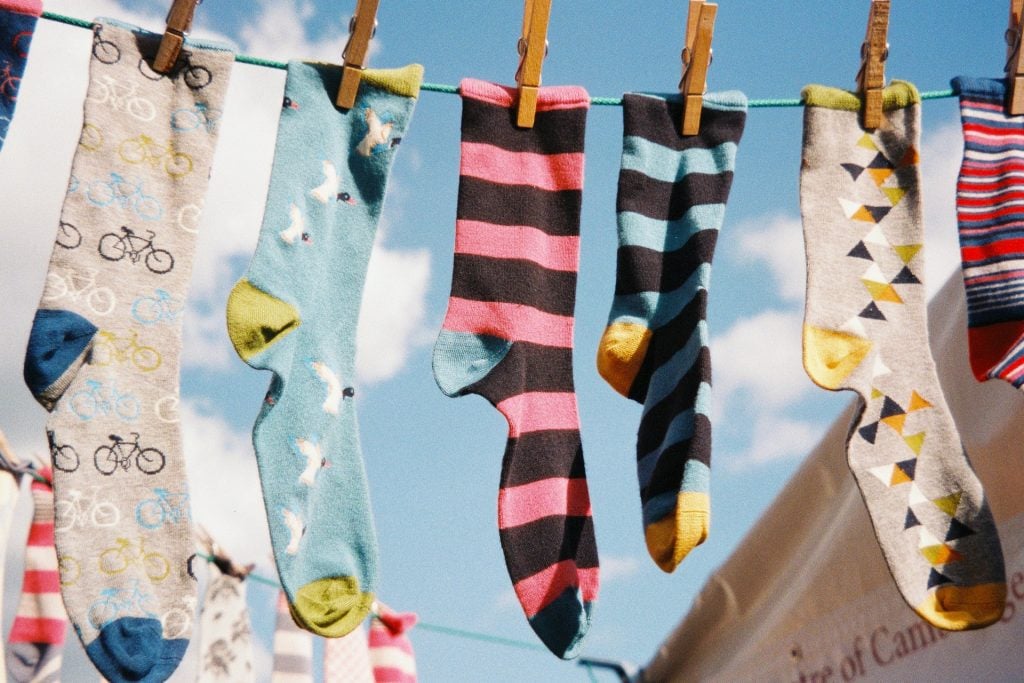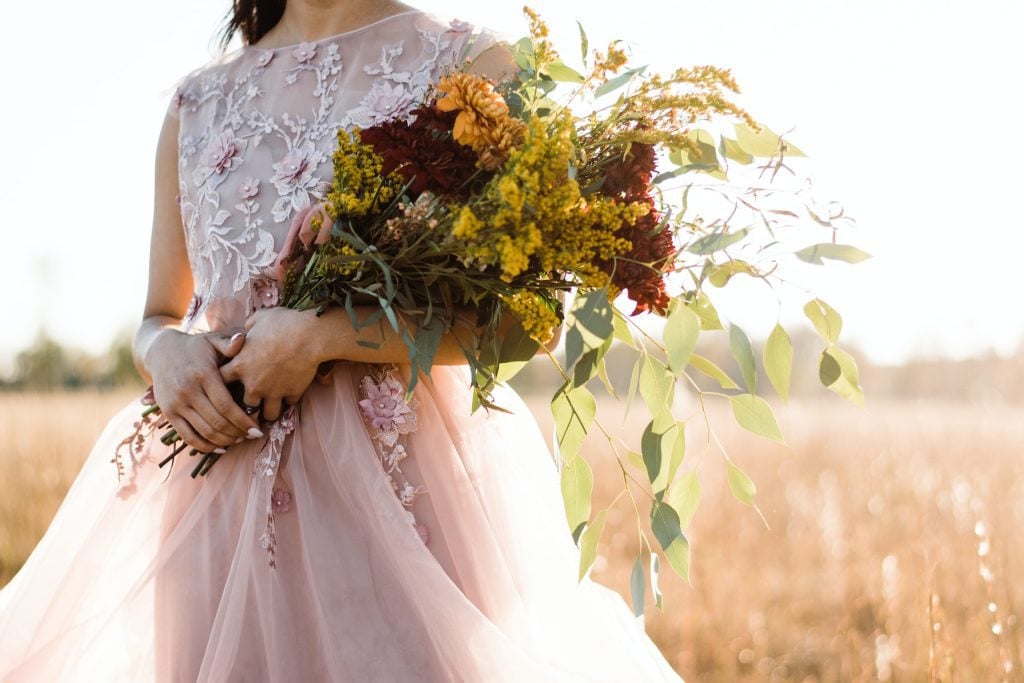Fashion isn't just for adults; it's a playground for children too! Kids' clothing goes beyond mere functionality; it's a canvas for expression, creativity, and fun. As parents and caregivers, it's exciting to explore the vibrant world of children's fashion, where the rules are few and the possibilities are endless.
This blog dives into the art of mixing and matching kids' clothing, offering creative and practical outfit ideas that bring out the uniqueness of each child. Get ready to break free from the monotonous pairings and embark on a journey of playful and stylish combinations!
The Basics of Mixing and Matching
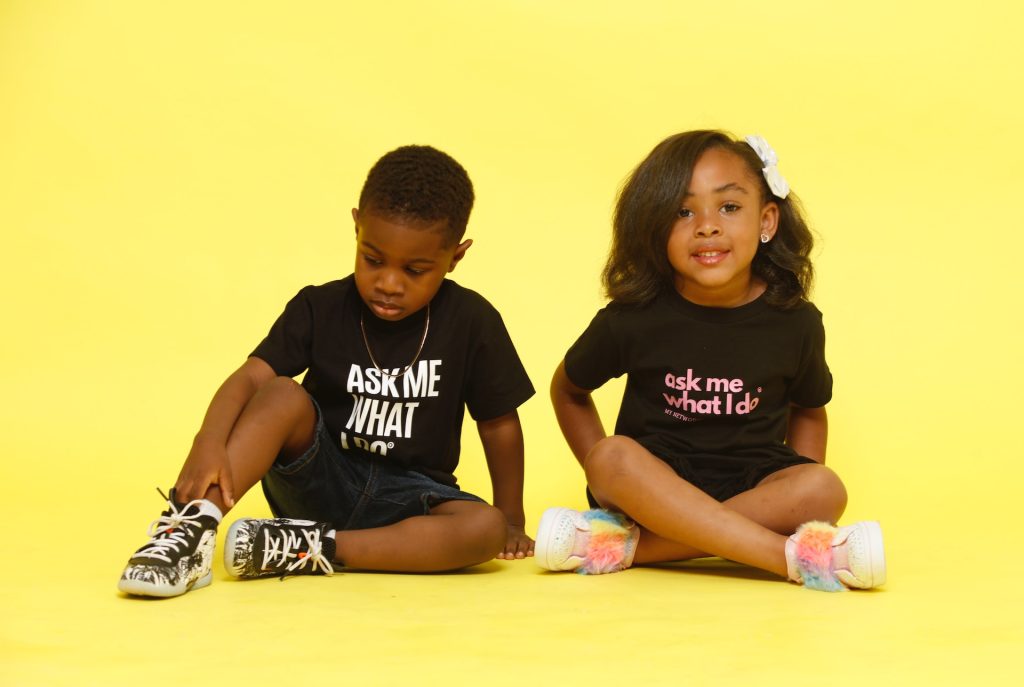
Understanding Colors: Mastering the art of mixing and matching begins with a good understanding of colors. A fundamental rule is the color wheel, which guides in combining complementary and analogous colors.
For kids' clothing, you can be a bit more playful. Think pastel shades for a soft look or bold primary colors for a vibrant outfit. Don't shy away from unusual combinations; sometimes, the most unexpected pairings make the most striking outfits. It's also crucial to consider the skin tone and preference of the child, ensuring the colors chosen make them feel confident and happy.
Patterns and Prints: The world of patterns and prints offers endless possibilities for kids' fashion. The key is balance. Pair a bold, graphic print with a solid color to avoid overwhelming the look.
Stripes, polka dots, and floral patterns are classic and easy to match. For a more adventurous ensemble, try mixing different prints in the same color family or combining smaller prints with larger ones. Remember, fashion should be fun, especially for kids, so let their personality shine through their clothing choices.
Texture and Fabrics: Textures add depth and interest to any outfit. Mixing textures can be as simple as pairing a chunky knit sweater with smooth cotton pants.
In colder months, layer a velvet dress over tights for a touch of elegance, or in warmer weather, combine a linen shirt with denim shorts for a relaxed feel. Pay attention to the comfort and movement of the fabrics, ensuring that the child feels as good as they look.
Layering Techniques: Layers aren't just for keeping warm; they're a fantastic way to build a versatile and interesting outfit. Start with a basic layer, like a plain tee or leggings, and add on from there.
A denim jacket over a dress, or a colorful scarf over a simple top, can completely transform an outfit. Layering also offers practicality, allowing for easy adjustments to changing temperatures throughout the day. Encourage kids to experiment with layering to find combinations that are uniquely theirs.
Kids Outfit Ideas for Different Occasions
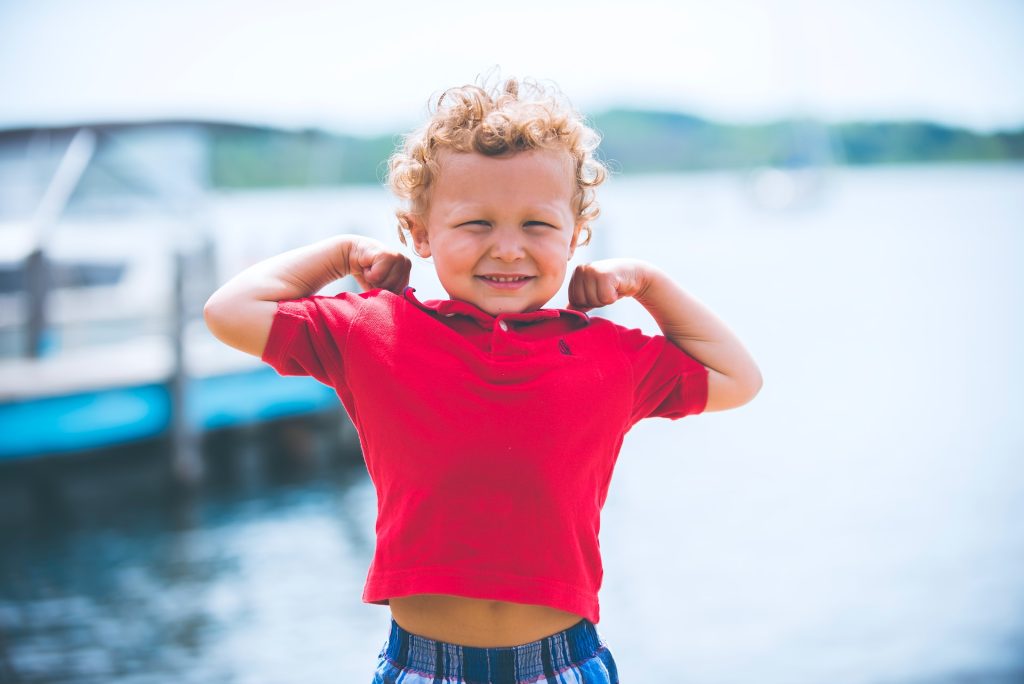
Casual Playdates: For these fun and active occasions, comfort is key, but that doesn’t mean style has to take a backseat. Opt for soft, stretchable fabrics like cotton or jersey. A pair of brightly colored leggings paired with a fun graphic tee is perfect for a girl, while boys can rock cargo shorts and a playful printed shirt.
Layer with a denim jacket or a hoodie for cooler days. Add a pop of fun with accessories like a beanie or a quirky backpack. Remember, playdate outfits should be easy to move in and resistant to the rigors of play.
School Days: School outfits need to be practical yet allow children to express their individuality. Start with the basics – a pair of durable jeans or khakis paired with a long-sleeve shirt. Girls can add flair with a patterned skirt and layered tights, while boys might like a statement sweater over a collared shirt.
For a preppy look, try layering a jumper over a button-up shirt. Sneakers are always a great choice for footwear, offering both comfort and style. Don't forget a stylish yet functional backpack!
Formal Events: Dressing up for a formal event doesn’t mean sacrificing comfort or personality. For girls, a tulle skirt paired with a fancy top can be both formal and whimsical. Adding a cardigan or a blazer can upscale any outfit.
Boys can go for chinos with a dress shirt, and a bow tie or a fun necktie for a touch of class. A smart blazer can be paired with jeans for a modern, semi-formal look. Comfortable dress shoes or ballet flats will complete the ensemble.
Seasonal Suggestions:
- Summer: Light fabrics and bright colors define summer. Sundresses, shorts, and tank tops are staples. Pair a floral dress with a sunhat for girls, or a light cotton shirt with shorts for boys. Don't forget sunscreen and sunglasses for protection.
- Winter: Layering is essential. Start with thermal wear, add a fleece pullover or a woolen dress, and top it off with a waterproof jacket or parka. Boots, mittens, and a warm hat are crucial for keeping cozy.
- Spring: This season is all about transitional dressing. Light jackets, cardigans, and raincoats are ideal. Mix and match a pastel shirt with light jeans, or a spring dress with leggings and ankle boots.
- Fall: Think warm colors and layering. A plaid shirt over a tee, paired with jeans and sneakers, works well for both boys and girls. Add a scarf and a beanie for chillier days.
Accessorizing for Kids Clothing
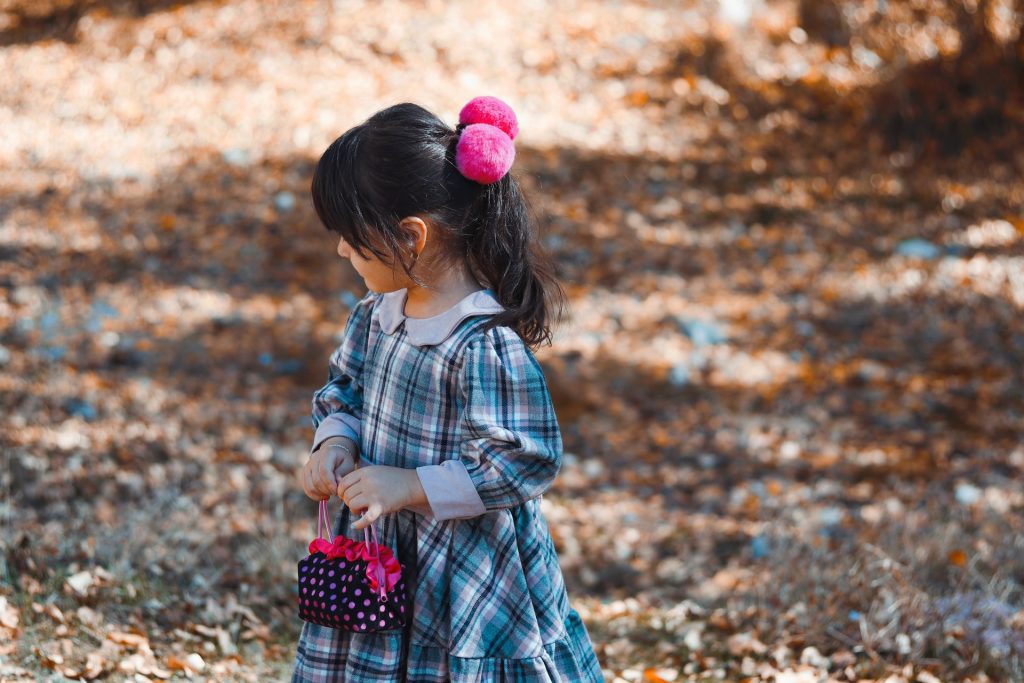
Choosing the Right Accessories: Accessories can transform an outfit from simple to standout. When selecting accessories for kids, consider both function and flair. Hats are great for both sun protection and style; a floppy sunhat or a cool baseball cap can add a fun element to any outfit. Scarves are versatile, serving as a warm layer in cooler months or a stylish addition in milder weather.
Choose lightweight, non-itchy materials for comfort. Belts are practical for adjusting the fit of pants or adding a pop of color. For girls, colorful hair accessories like headbands or clips can add a playful touch to any hairstyle.
Footwear: Shoes are a crucial part of any outfit and can often be the statement piece. Sneakers are a comfortable and versatile choice for most casual occasions. Bright colors or patterns can add an element of fun.
For formal events, ballet flats for girls or loafers for boys are both stylish and comfortable. In summer, sandals are a must-have, while boots are essential for colder months. When pairing shoes with outfits, consider both the activity (need for comfort and durability) and the overall look (color coordination and style).
Layering with Accessories: Accessories can also be used to layer and add depth to an outfit. A lightweight jacket or cardigan can be worn over a top for added warmth and style. A colorful backpack or a funky cross-body bag not only serves a practical purpose but also adds to the outfit's overall look.
In colder weather, gloves, and earmuffs can be both functional and a fashion statement. Encourage children to mix and match different accessories to find their unique style.
Tips for Parents When Dressing Kids
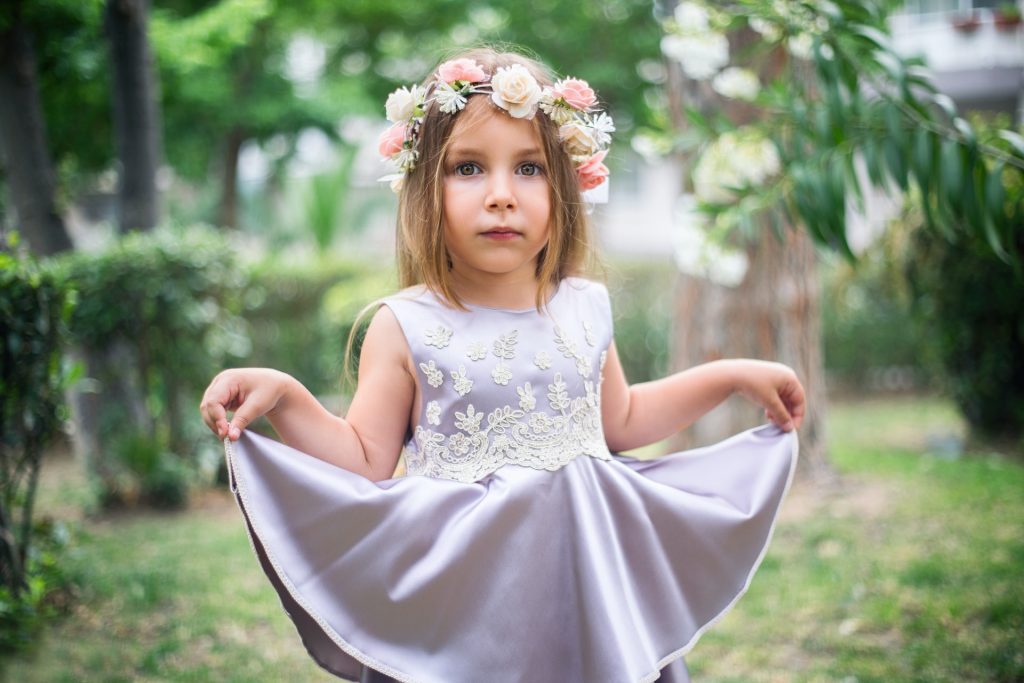
Encouraging Kids’ Input: One of the joys of fashion is allowing children to express their individuality. Encourage kids to participate in selecting their outfits. This not only makes dressing up more fun but also helps them develop their sense of style and decision-making skills.
Offer them a range of options and let them choose what they feel most comfortable and confident in. Remember, their unique choices might surprise you with delightful combinations.
Shopping Smart: When building a child’s wardrobe, aim for versatility. Look for pieces that can be easily mixed and matched. Neutral-colored basics are a great foundation, complemented by a few standout items like a patterned shirt or a colorful dress.
Invest in quality where it counts, like in shoes and outerwear, as these items endure the most wear. Also, consider future growth – buying slightly larger sizes can be a smart move for rapidly growing children.
Care and Maintenance: Keeping kids' clothes in good condition extends their life and maintains their appearance. Teach older children basic care like hanging up clothes and checking laundry labels. Use gentle detergents and avoid high temperatures when washing to preserve colors and fabrics.
For stain-prone items, pre-treating spots and washing promptly can work wonders. Proper storage is also key – ensure clothes are clean and dry before storing them to avoid mildew and pests.
Conclusion
In the delightful world of kids' fashion, creativity and fun reign supreme. Dressing up is more than just an everyday necessity; it's an opportunity for children to express their personalities and for parents to engage in their child's growing sense of self.
By mixing and matching, accessorizing wisely, and incorporating both the child's and parent's input, the daily routine of choosing outfits becomes an adventure in style and self-expression. Remember, each piece of clothing is a brushstroke in the vibrant painting of a child's individuality. So, embrace the joy and creativity in dressing up your little ones!

